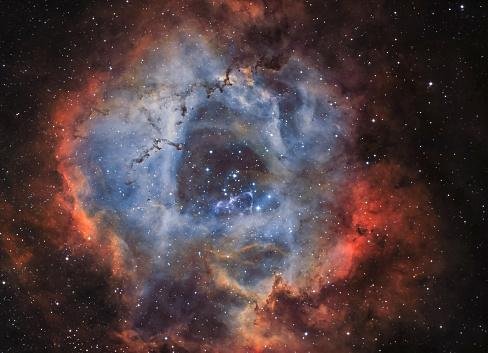Astronomers from the California Institute of Technology (Caltech) in the US have managed to classify 1,000 supernovae using a new machine learning algorithm that carried out the job completely autonomously. The fruit of the Zwicky Temporary Facility (ZTF) partnership, AI tool uses bots to automatically observe, identify and communicate findings.
The first supernova was classified as independent by the system called SNIascore in April 2021, according to Christoffer Fremling, the creator of the algorithm. “A year and a half later, we are reaching the important milestone of 1000 supernovae.“, congratulates the Caltech astronomer.
It was developed by an international team of scientists led by Northwestern University. Bright Transient Survey Bot (BTSbot) is a revolutionary approach to astronomy. The automated system also includes enabling robotic telescopes that explore the night sky to look for unknown supernovae. In addition to replacing “manual” work, the system also eliminates possible human errors.
How does AI find supernovae automatically?
The sky research device ZTF begins its work every night, investigating so-called transient events, Astronomical changes range from simple displacements of asteroids to massive black holes and massive objects going supernova in their “feasts” of stars.
The mission consists of sending hundreds of thousands of alerts to other astronomers around the world, alerting them to detected transients. These scientists then use their own telescopes to get more details about all these changing objects. It was this routine that led to the discovery of thousands of supernovae.
Since it would be humanly impossible for ZTF team members to classify the stream of data sent by the device, they created SNIascore for the specific task of classifying supernova candidates, which are divided into two classes. Type I ones are stars without hydrogen where a companion has absorbed material into the white dwarf star, and Type II ones are stars that collapse under their own gravity.
Machine Learning Routine at Palomar Mountain
In daily life at Palomar Observatory, SNIascore classifies Type Ia supernovae, called “standard candles” because their brightness is known in the sky. They are dying stars that have undergone a thermonuclear explosion. But Fremling’s team is currently working on an update to the algorithm, which promises to soon include the classification of other supernovae.
Currently, data from all supernova candidate flashes captured by the ZTF are sent to the Spectral Energy Distribution Machine (SEDM), a spectrograph housed in a nearby dome. From there, SNIascore and SEDM work together to classify which supernovae might be Type I.. The traditional idea of an astronomer sitting in an observatory may be a thing of the past, scientists say.
Follow the latest developments in technology and science at TecMundo. If you wish, take the opportunity to learn more about what happened to a lost star.
Source: Tec Mundo
I’m Blaine Morgan, an experienced journalist and writer with over 8 years of experience in the tech industry. My expertise lies in writing about technology news and trends, covering everything from cutting-edge gadgets to emerging software developments. I’ve written for several leading publications including Gadget Onus where I am an author.











